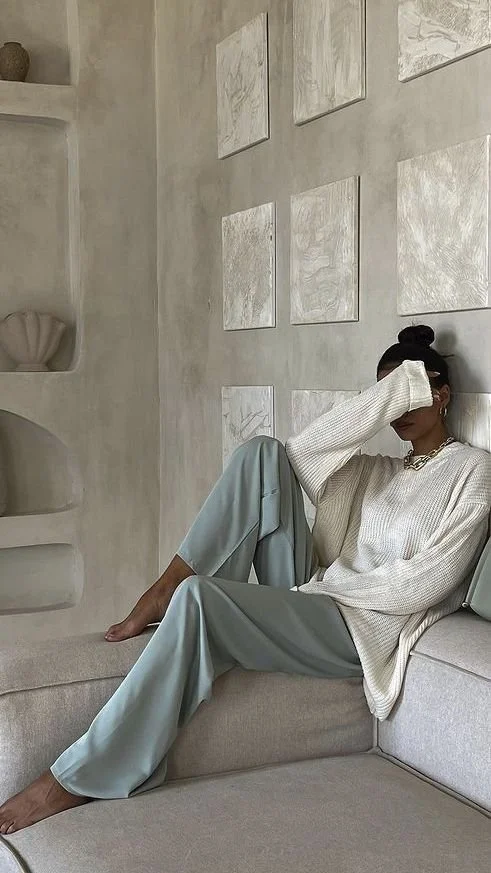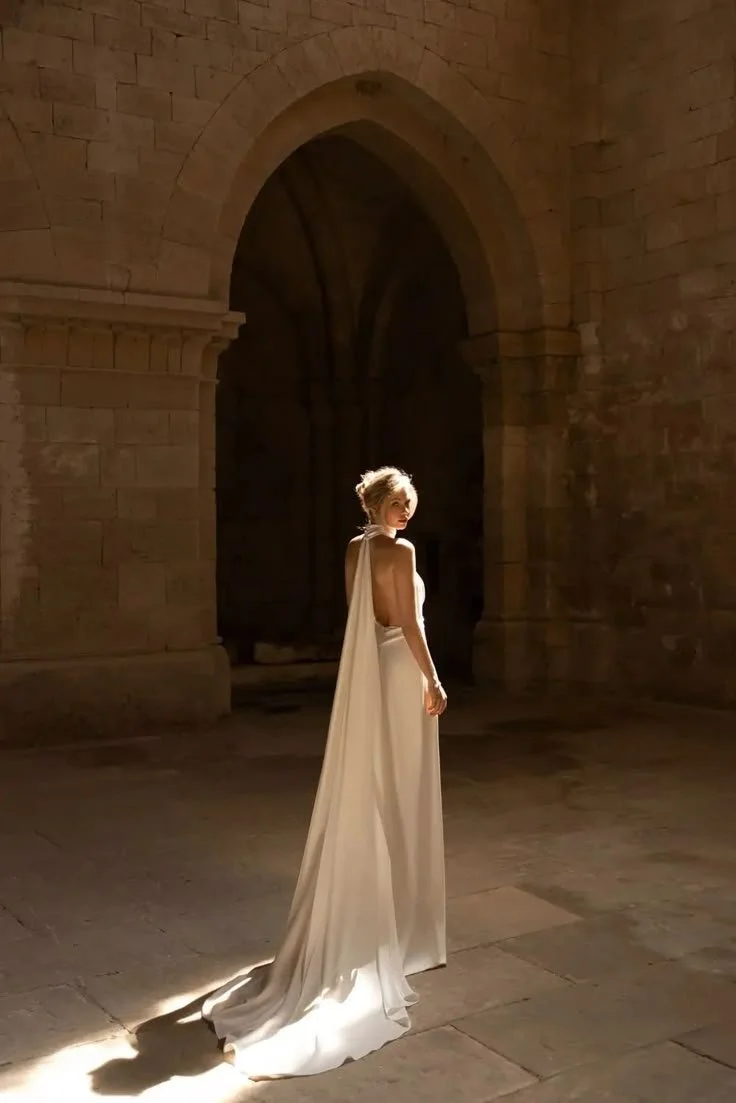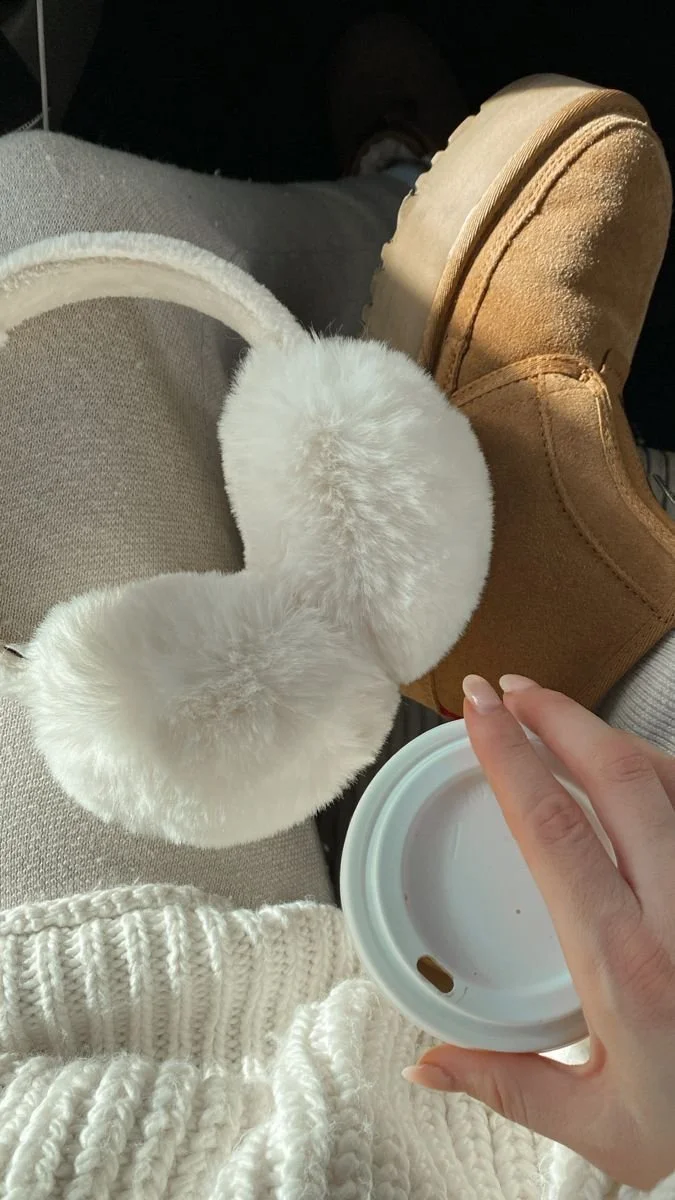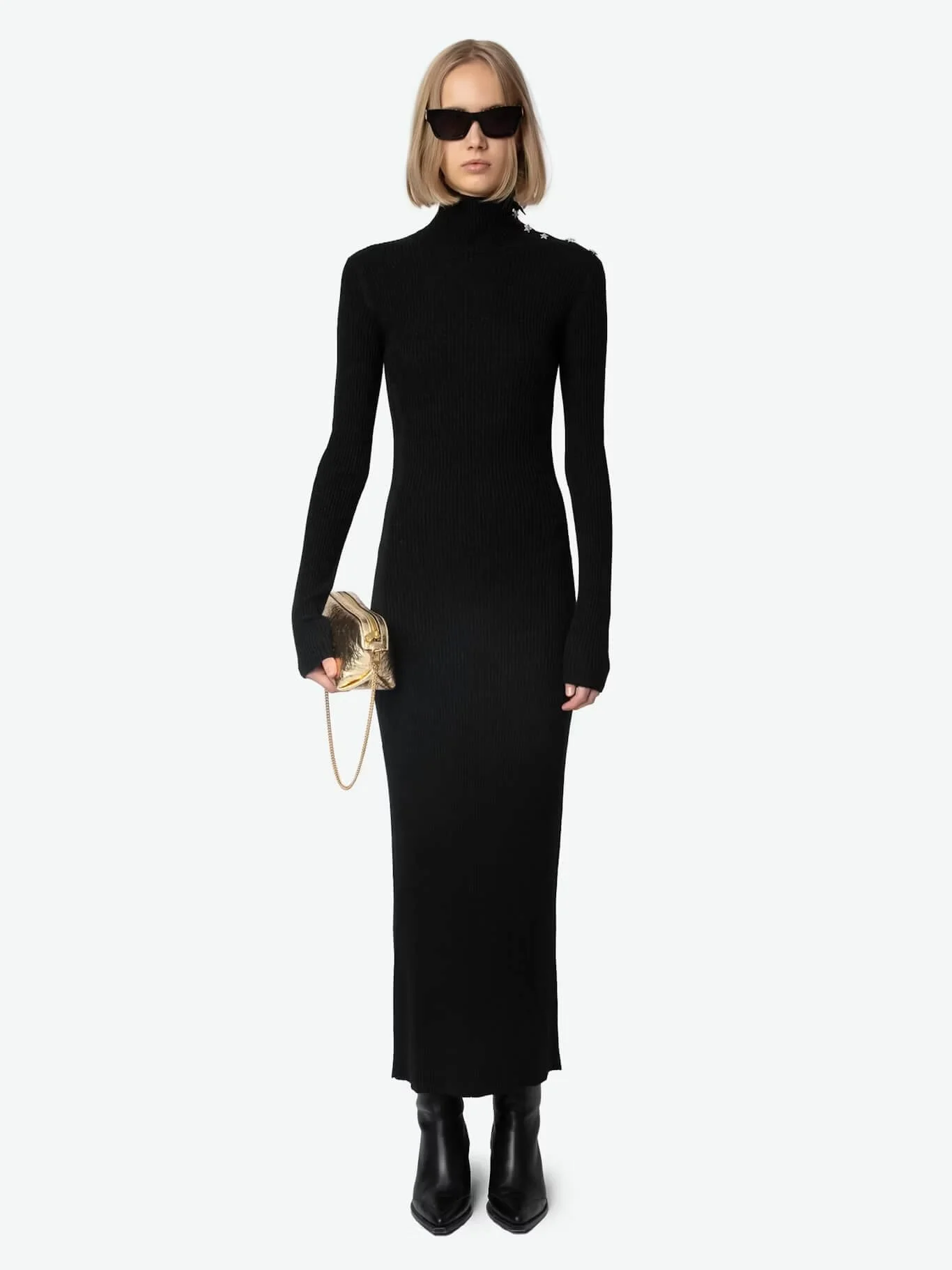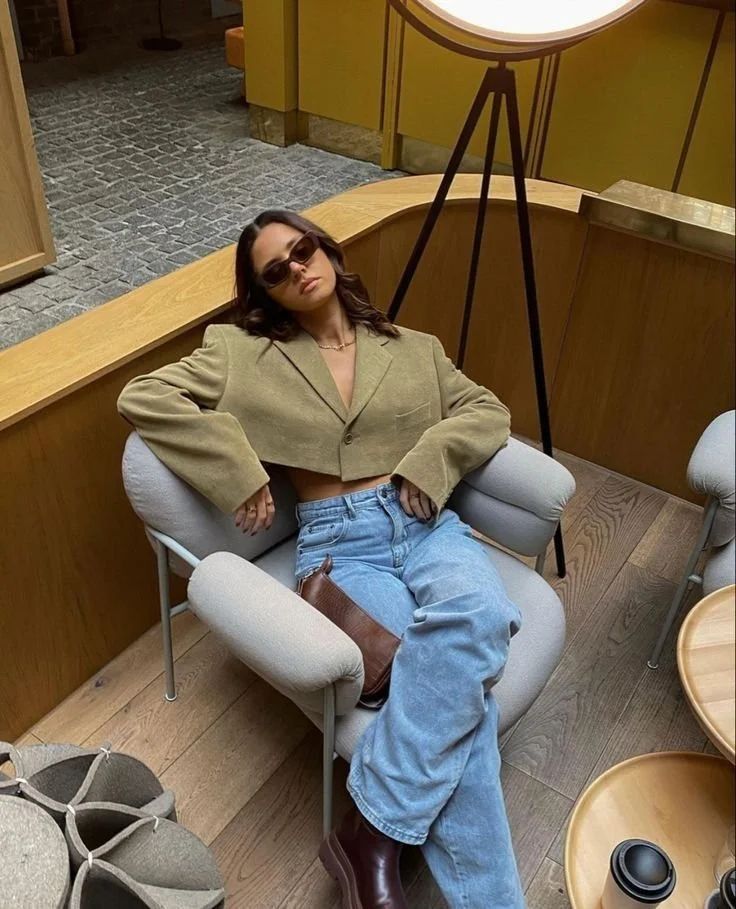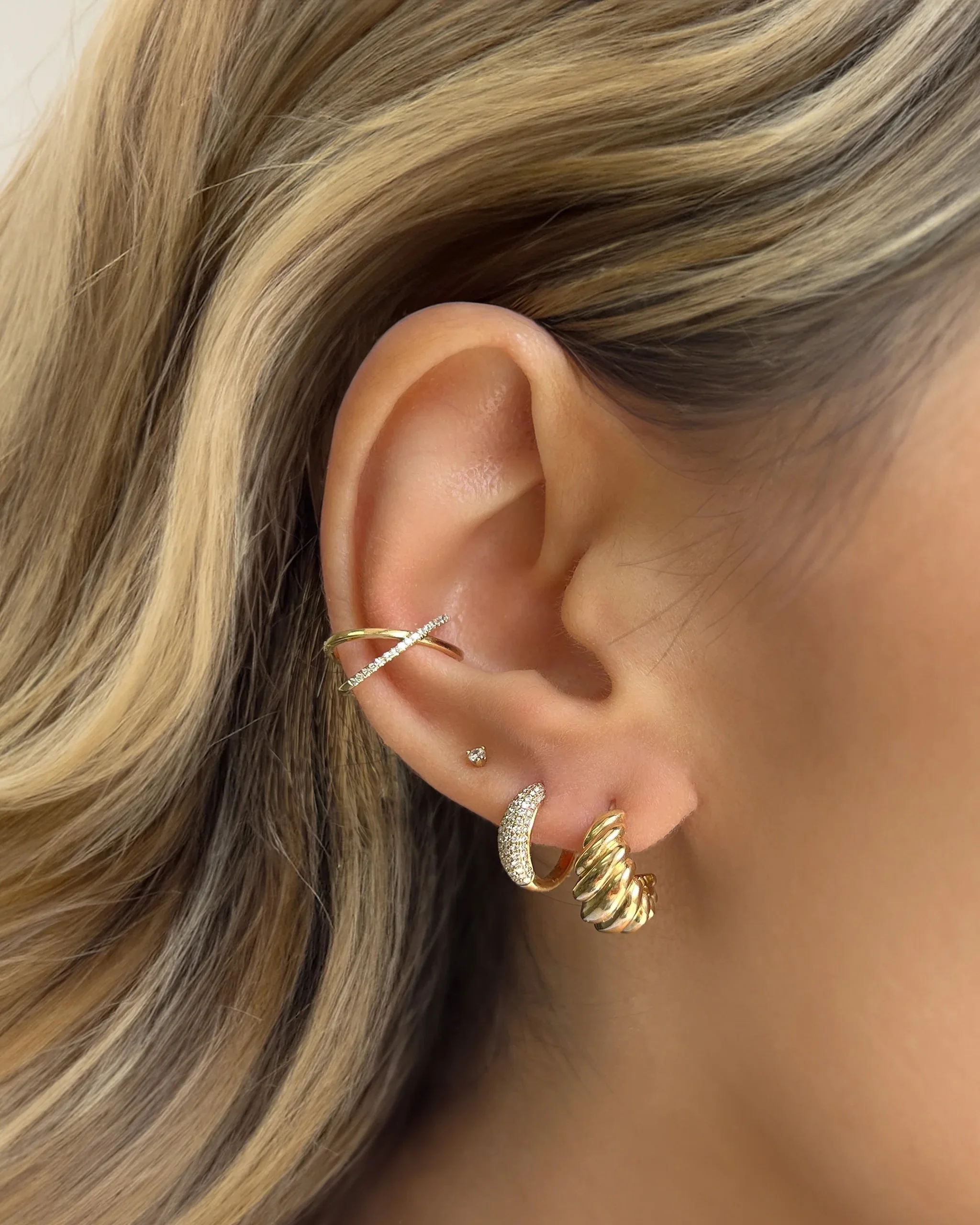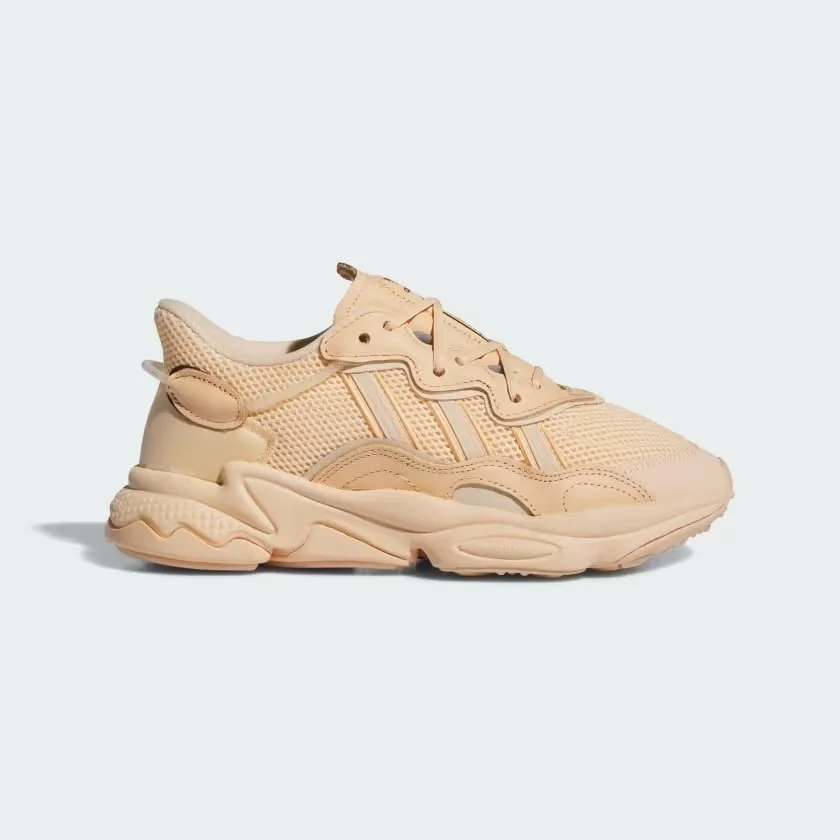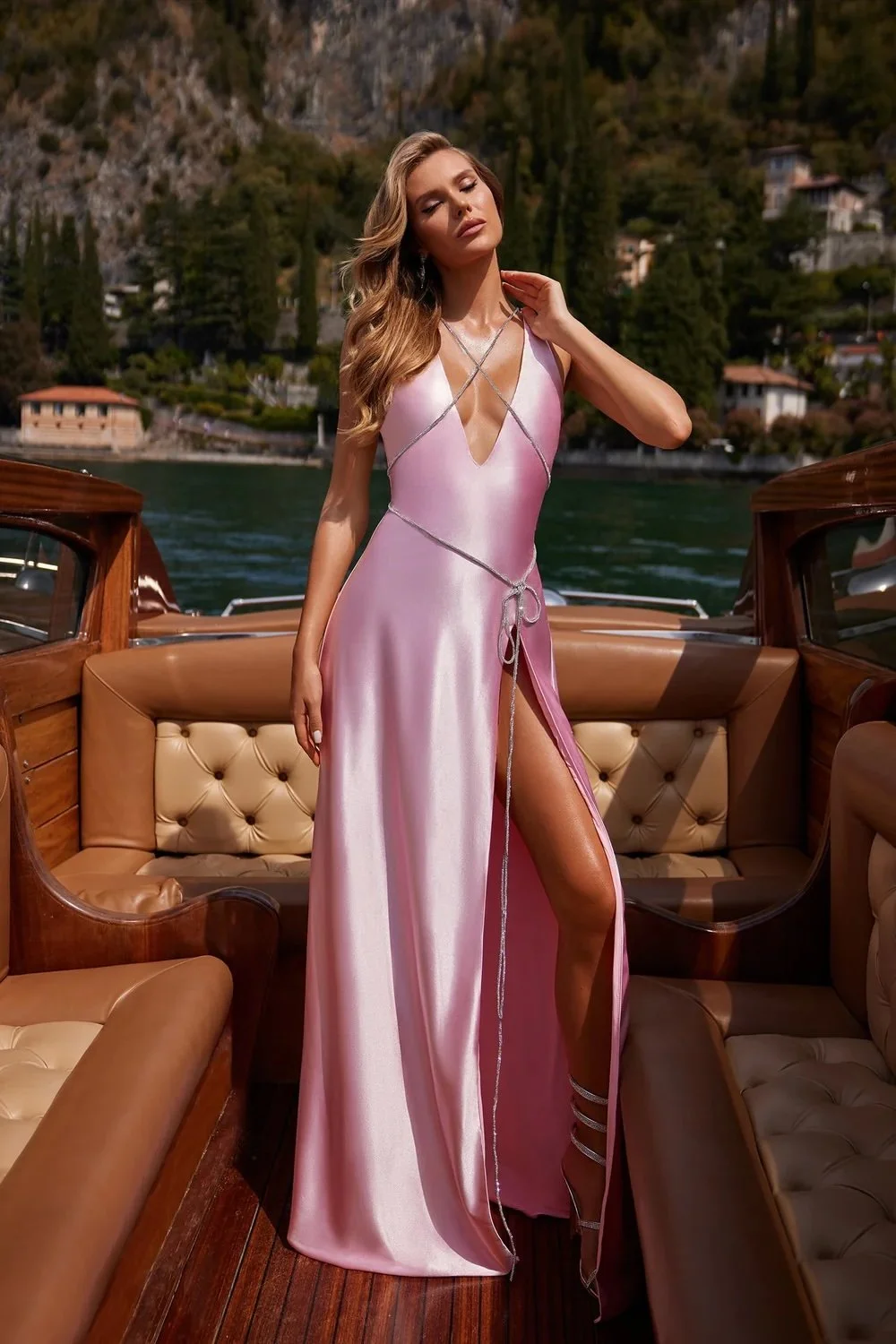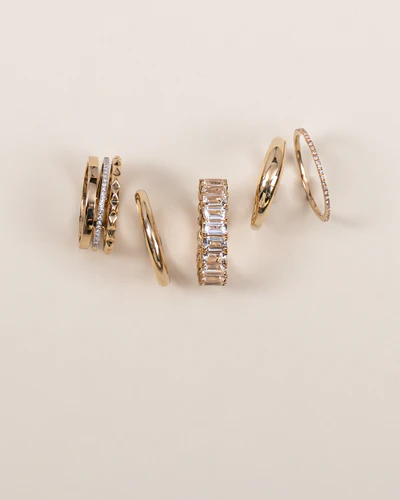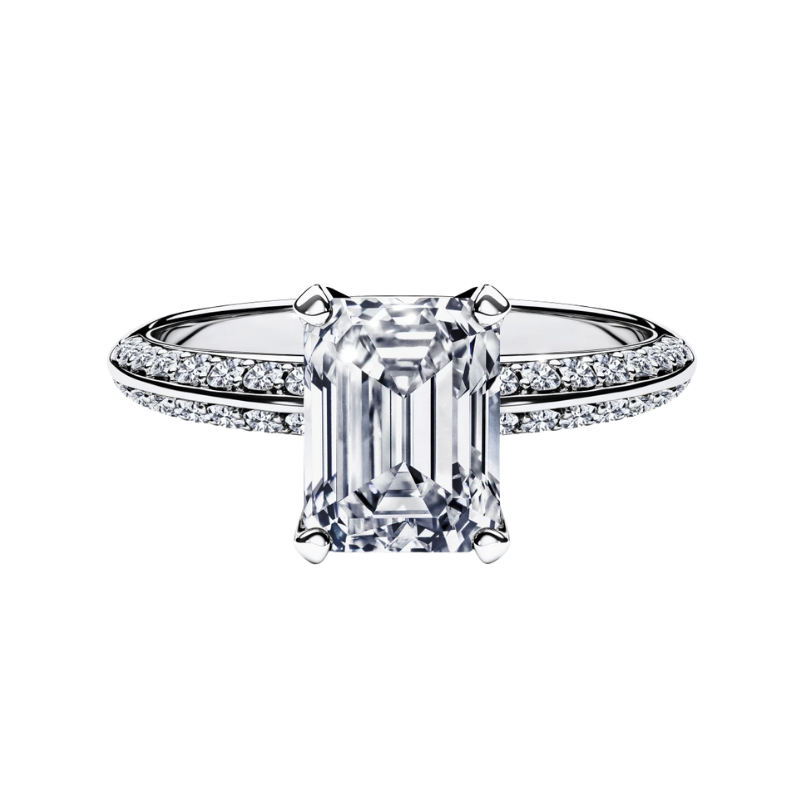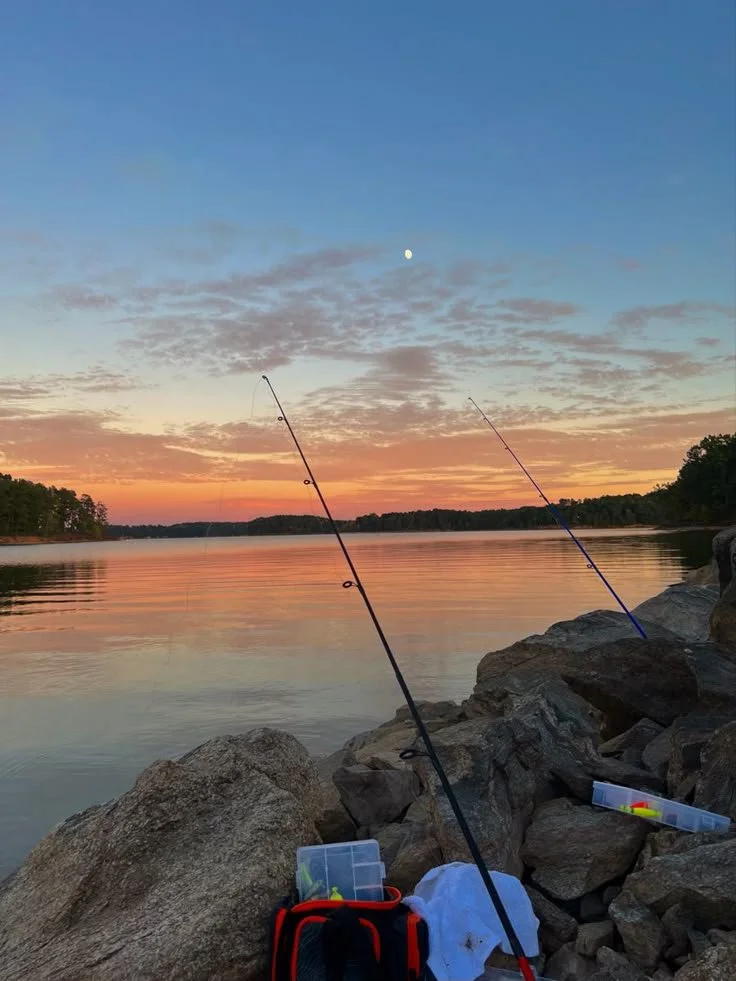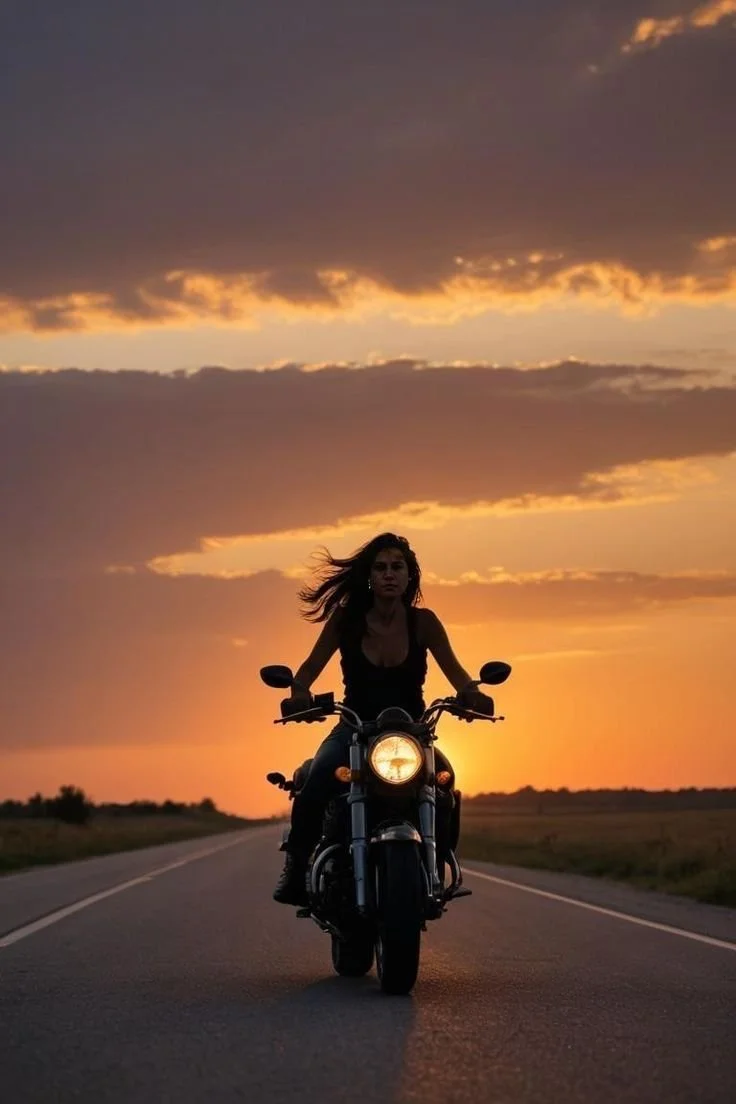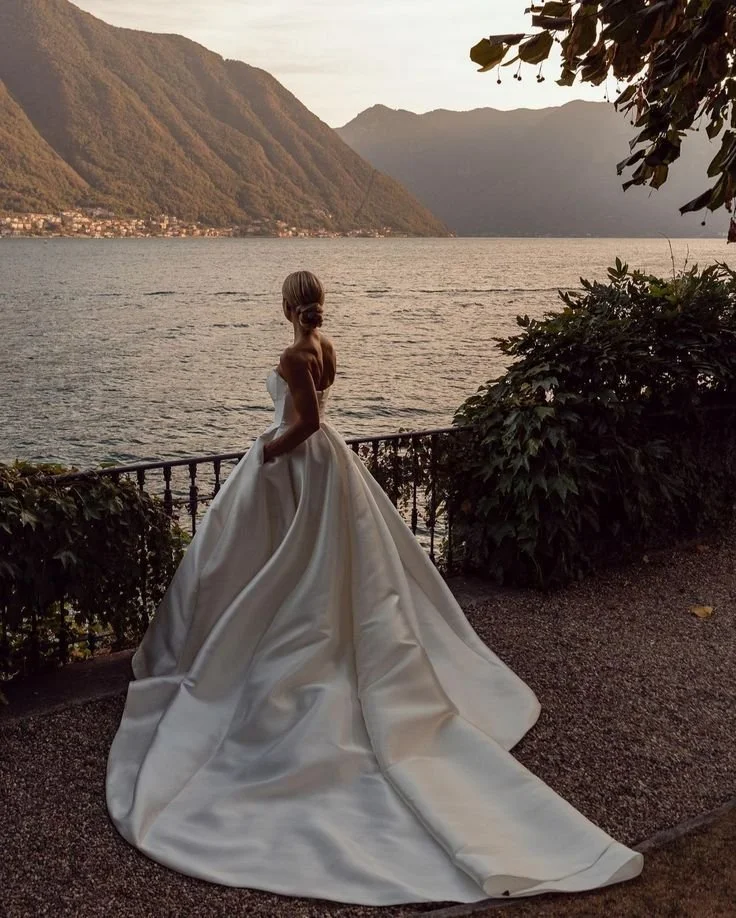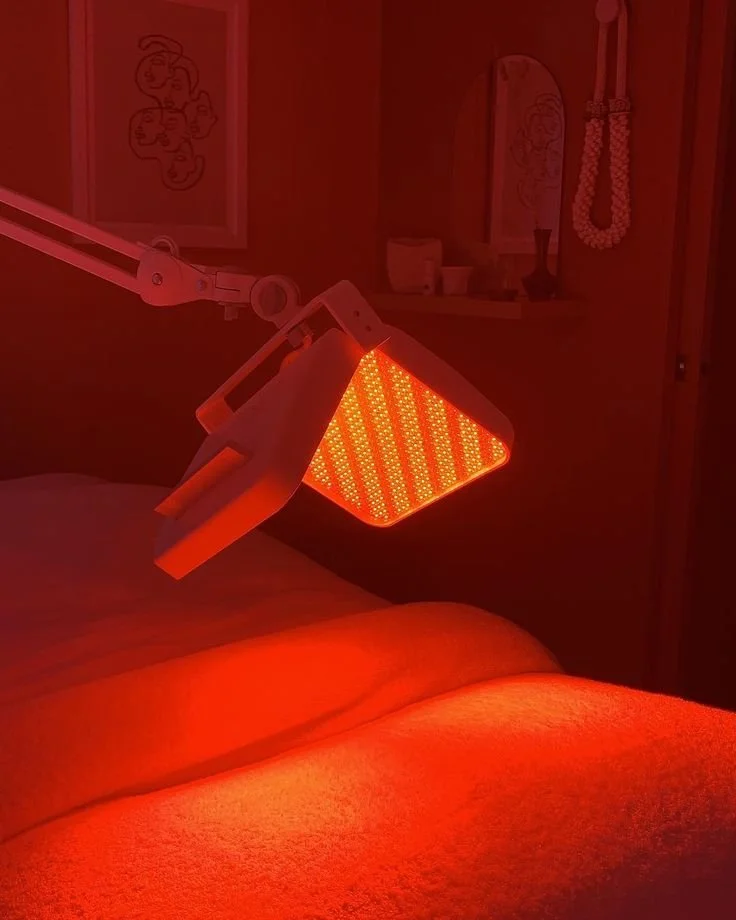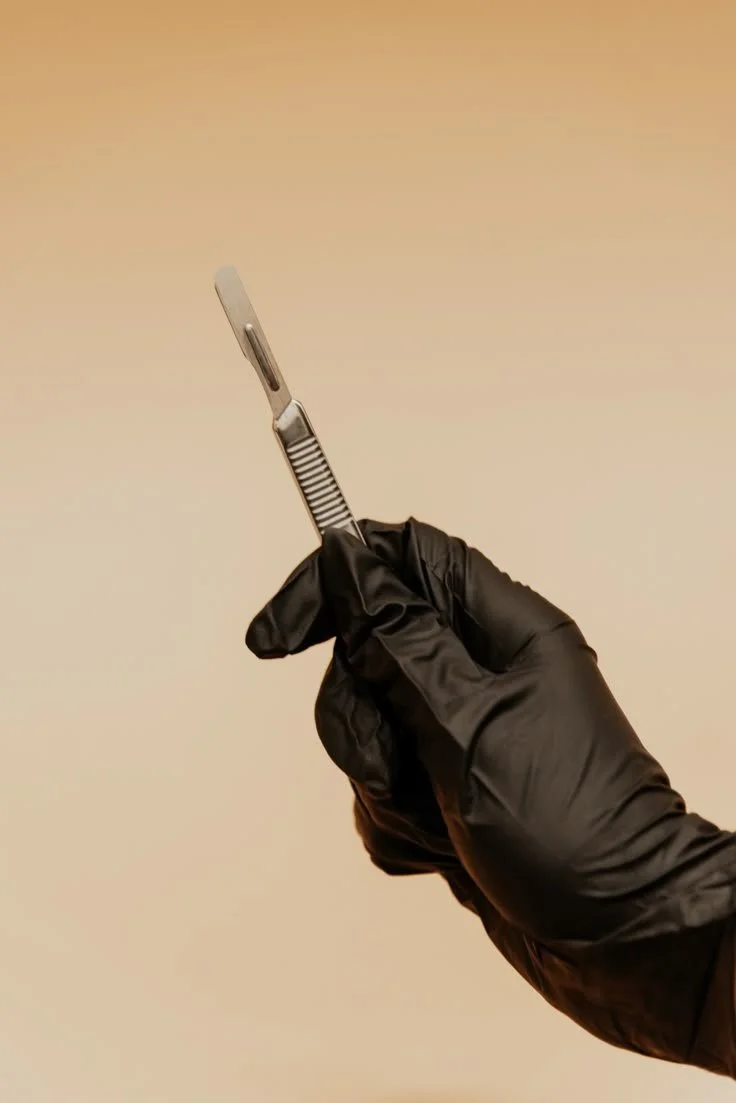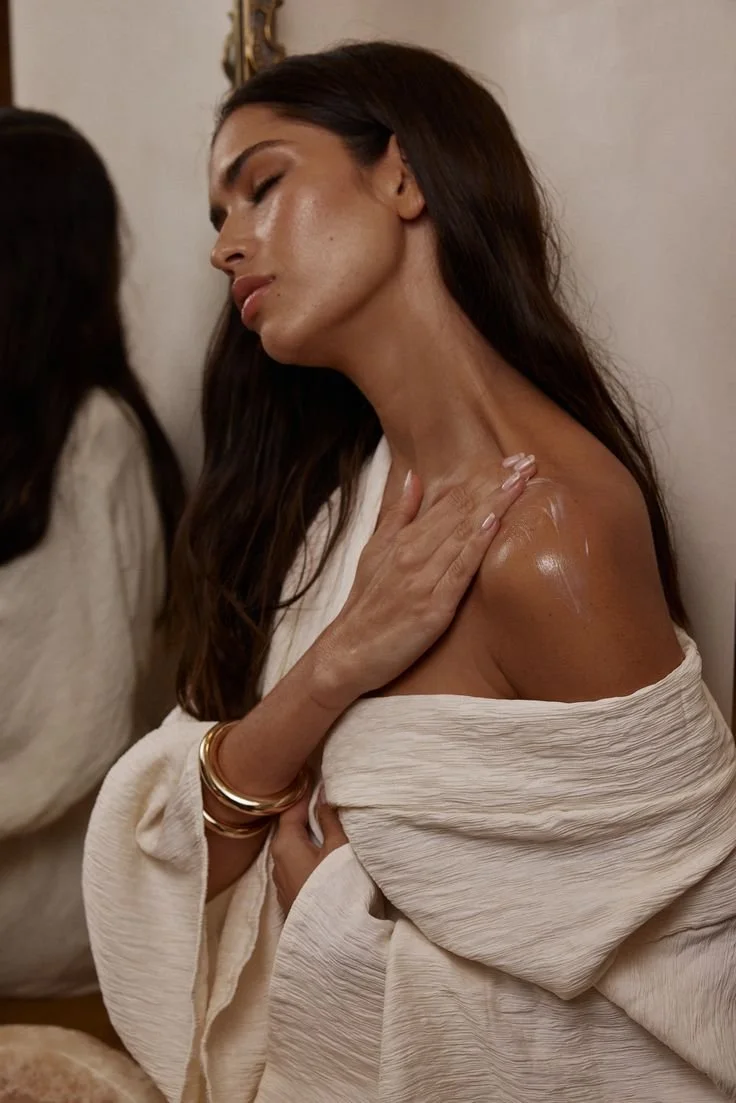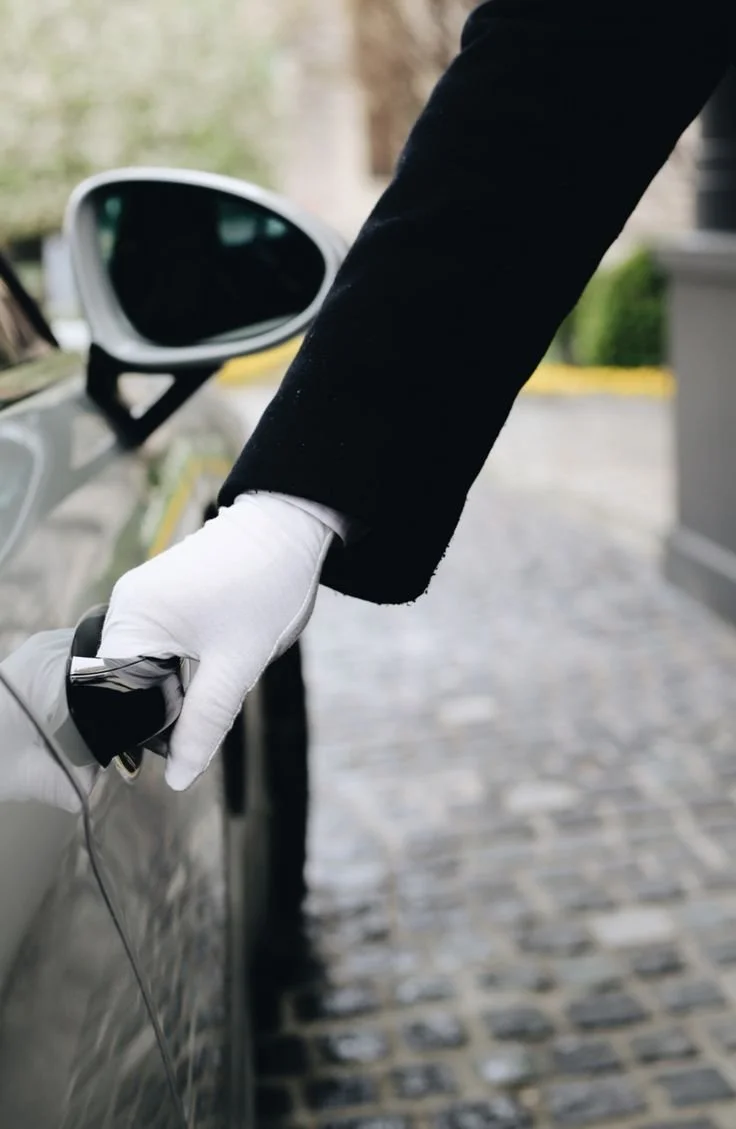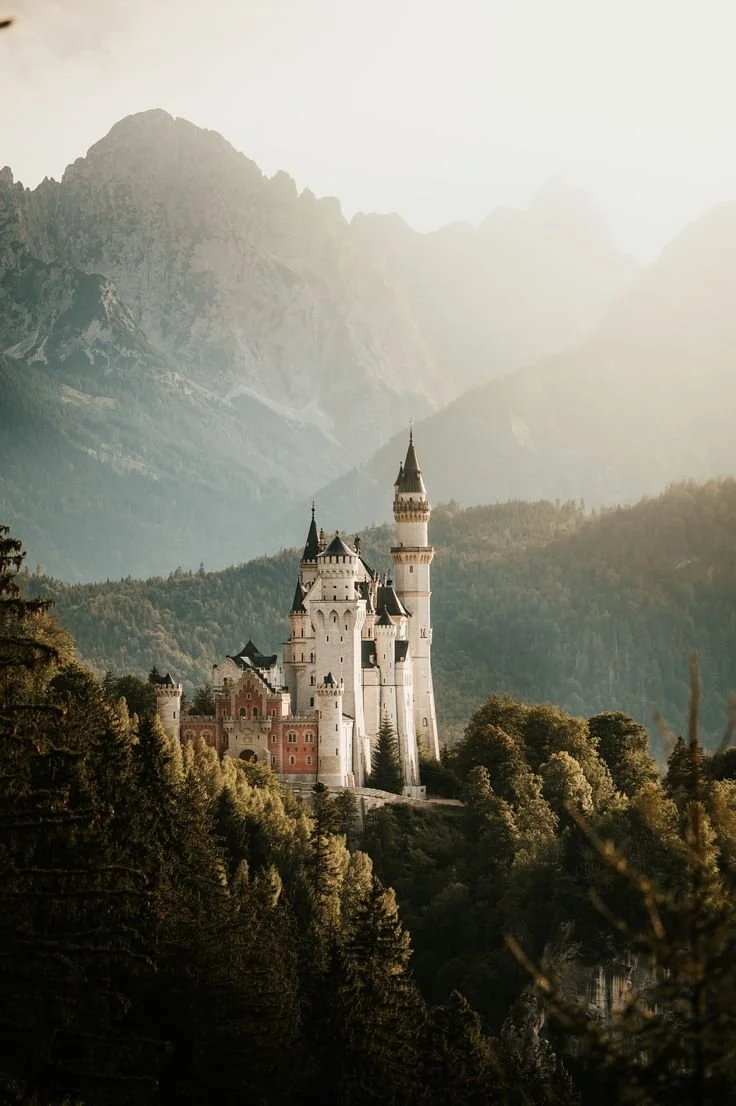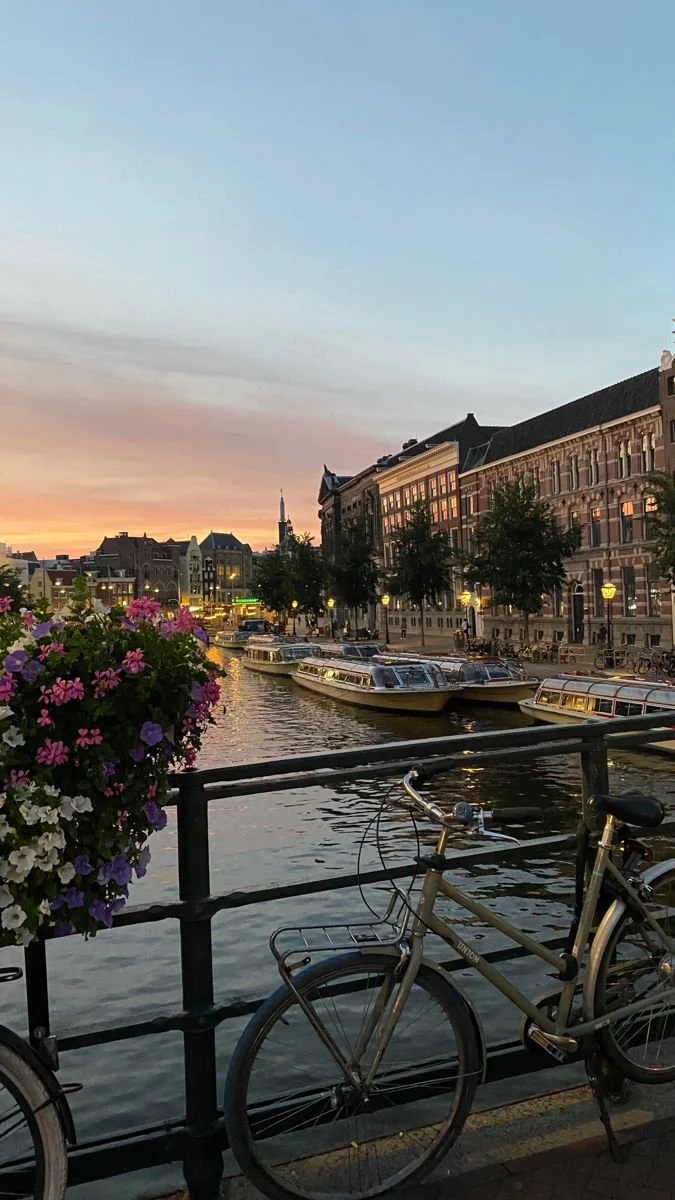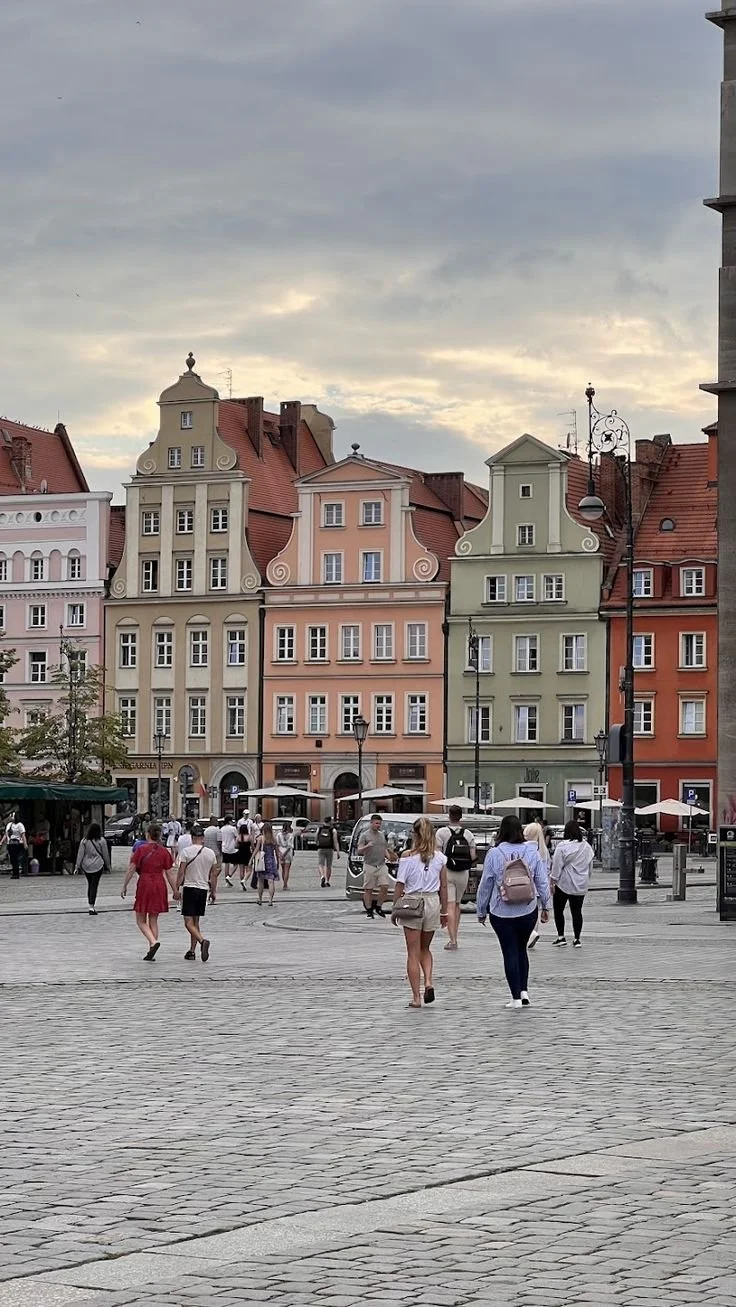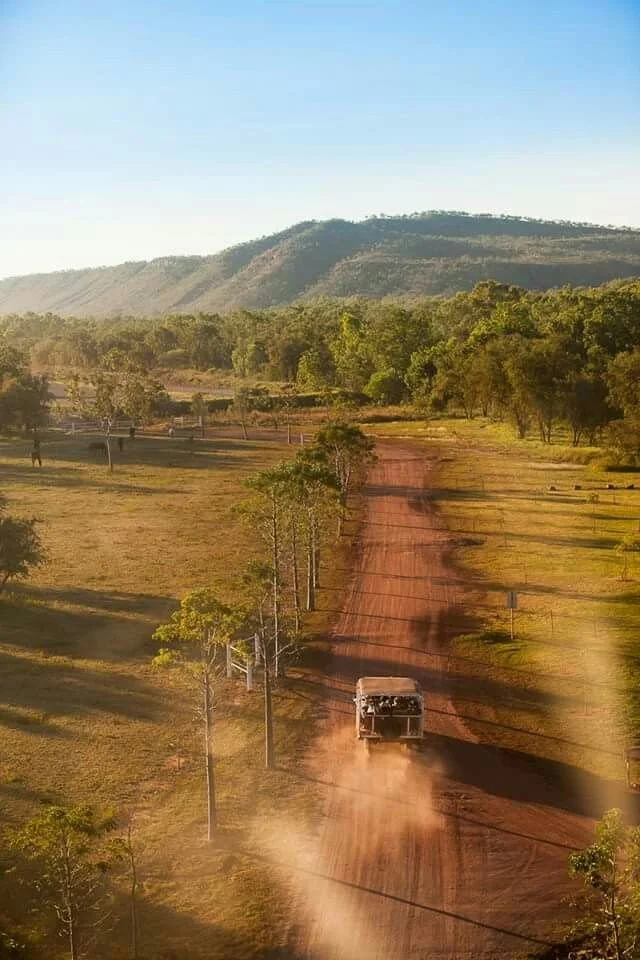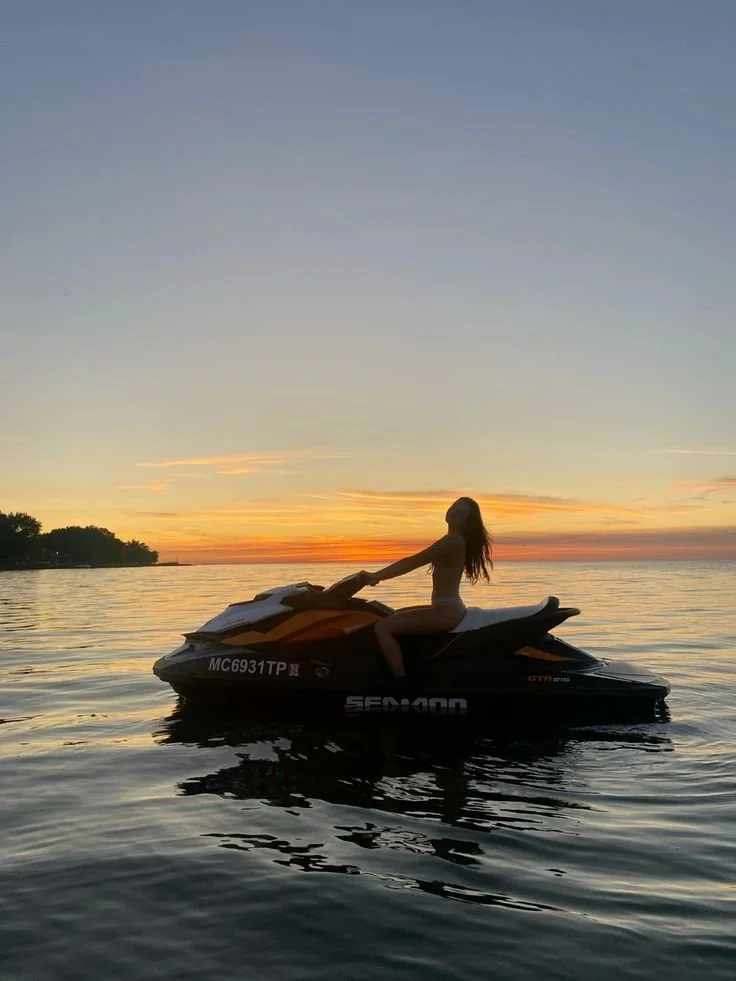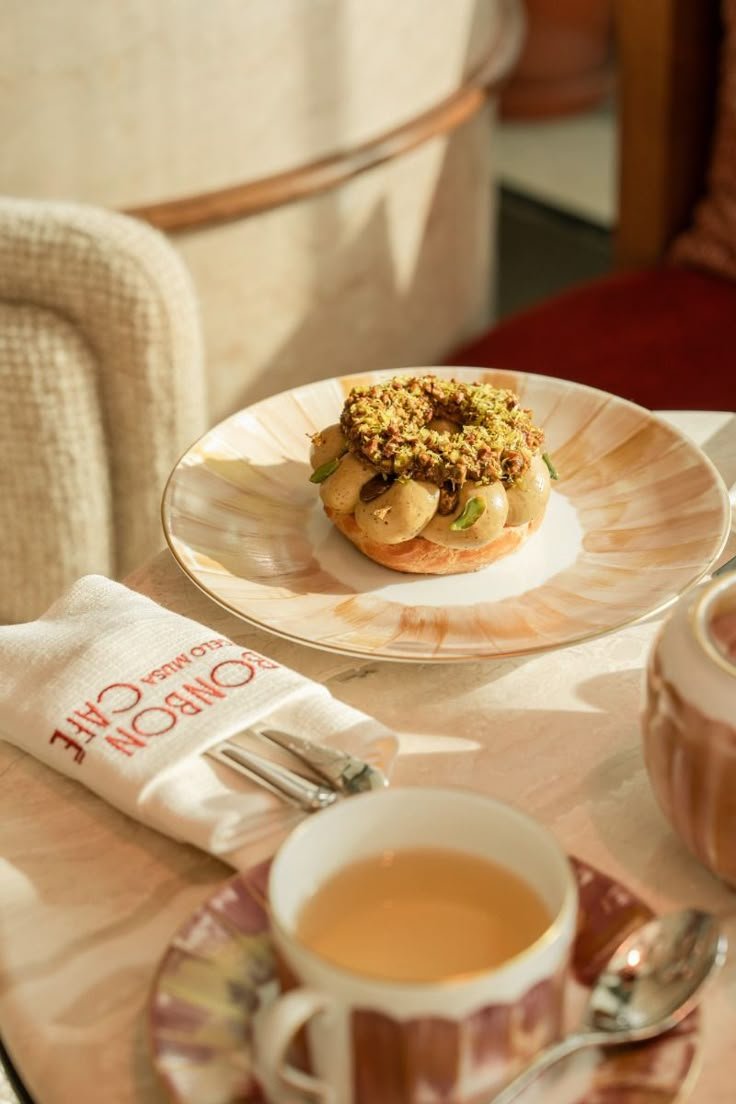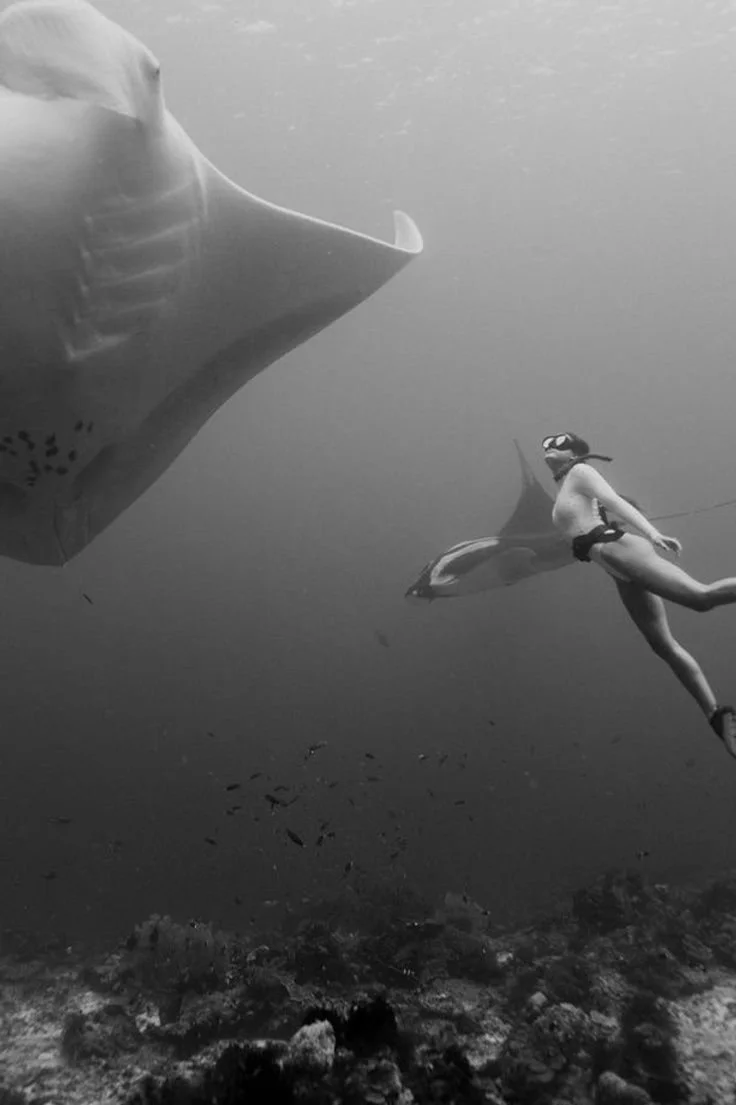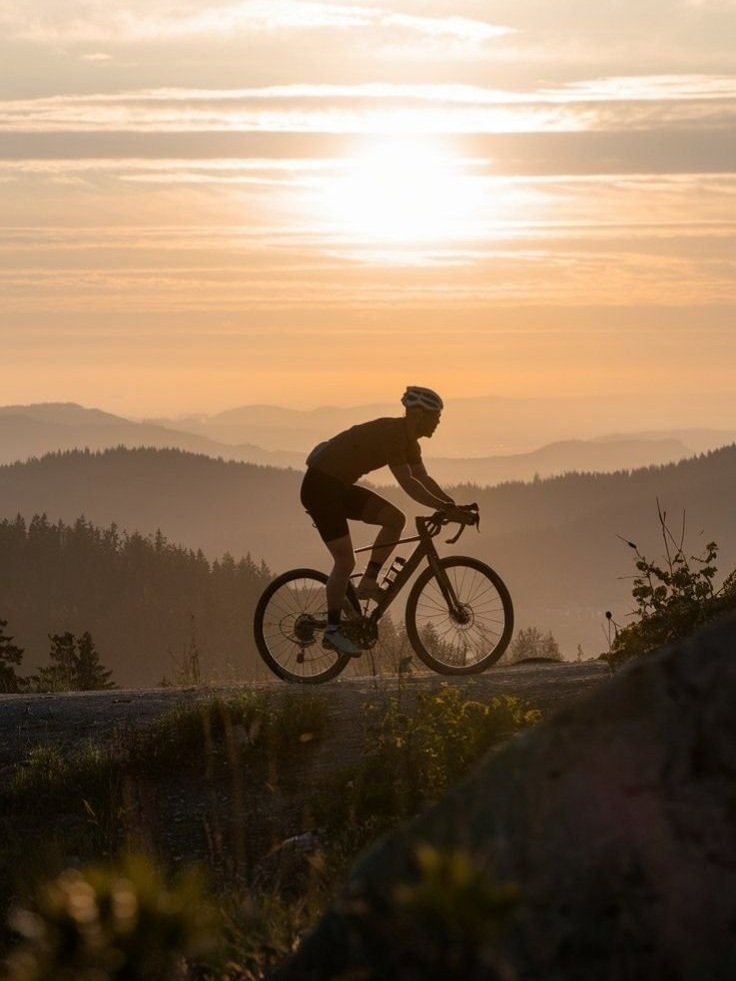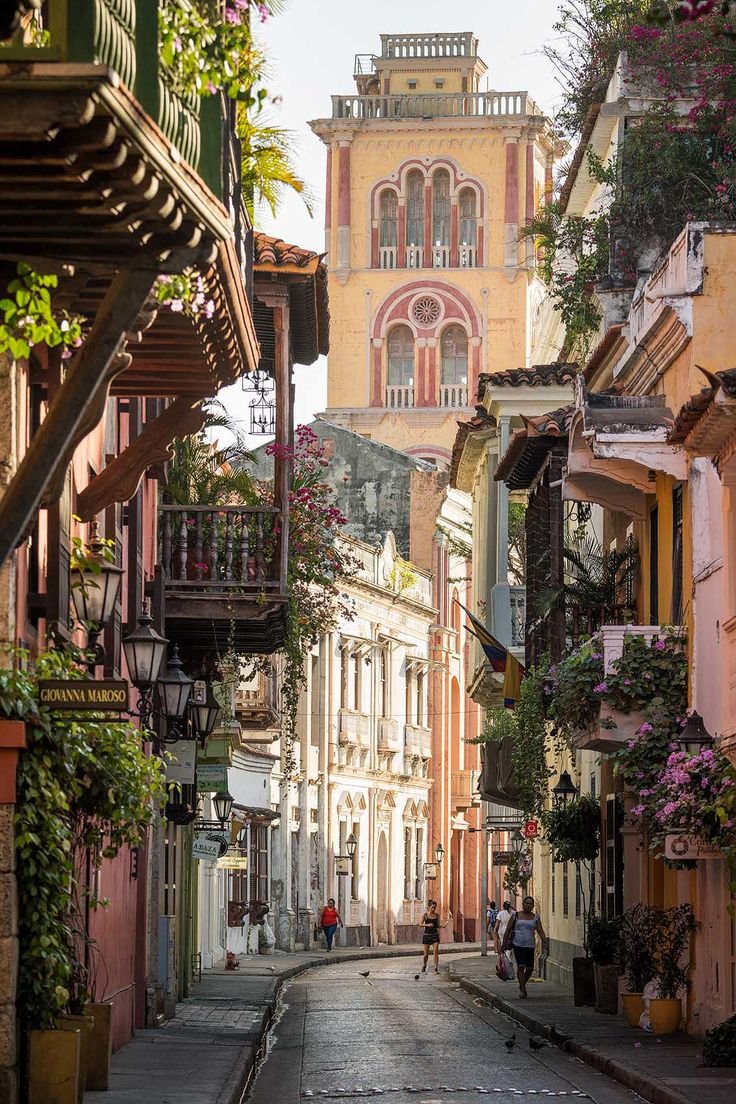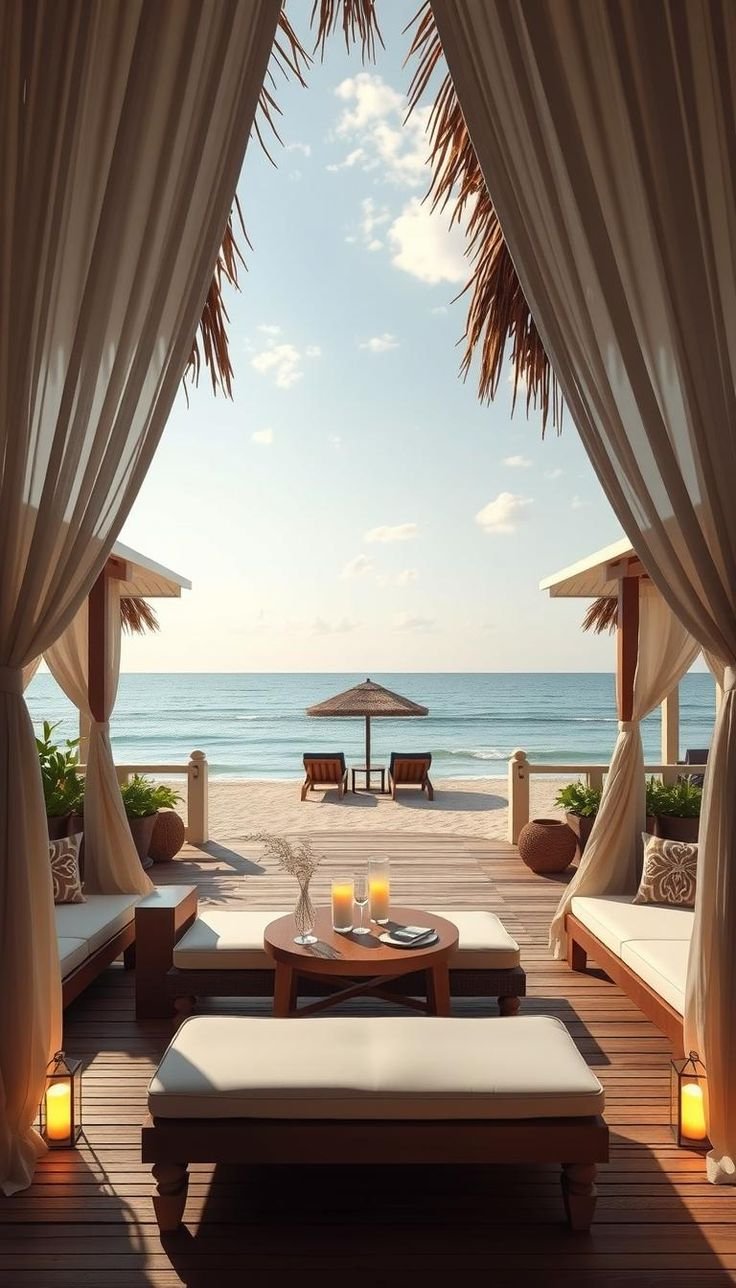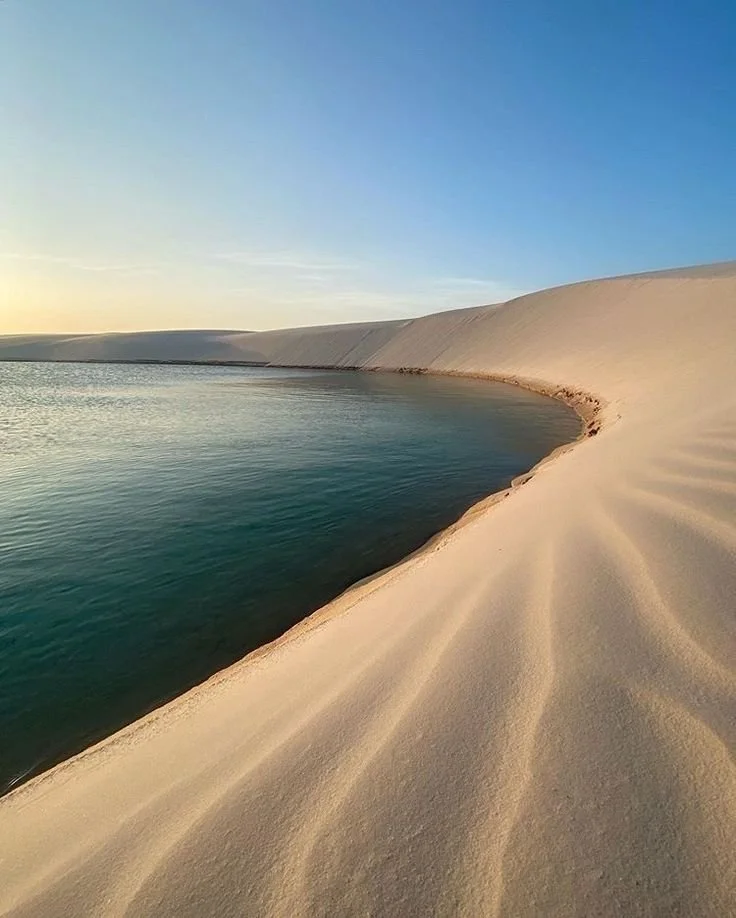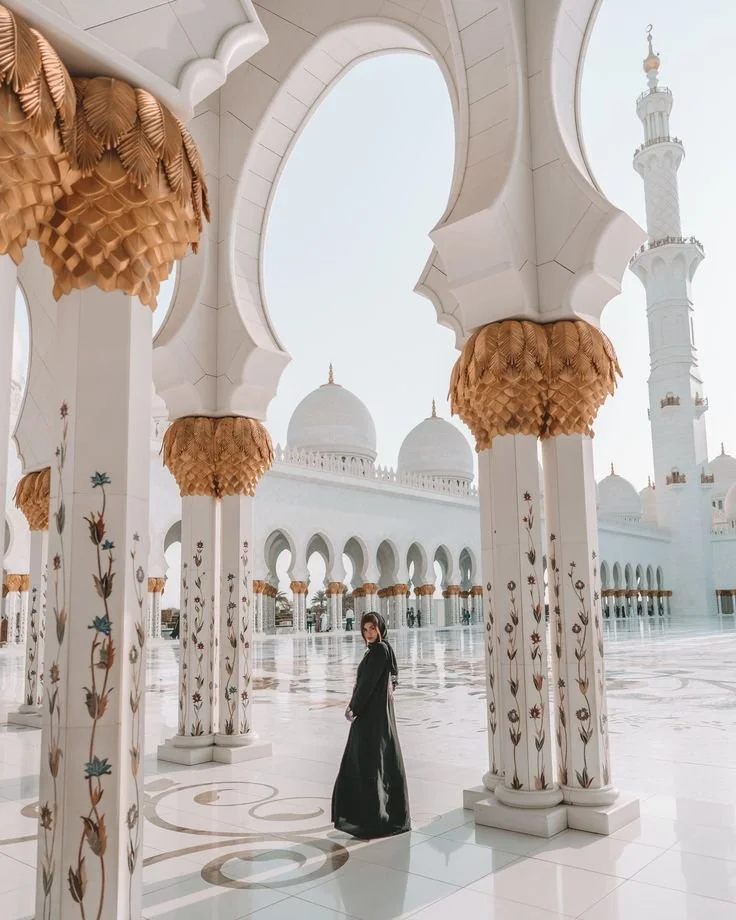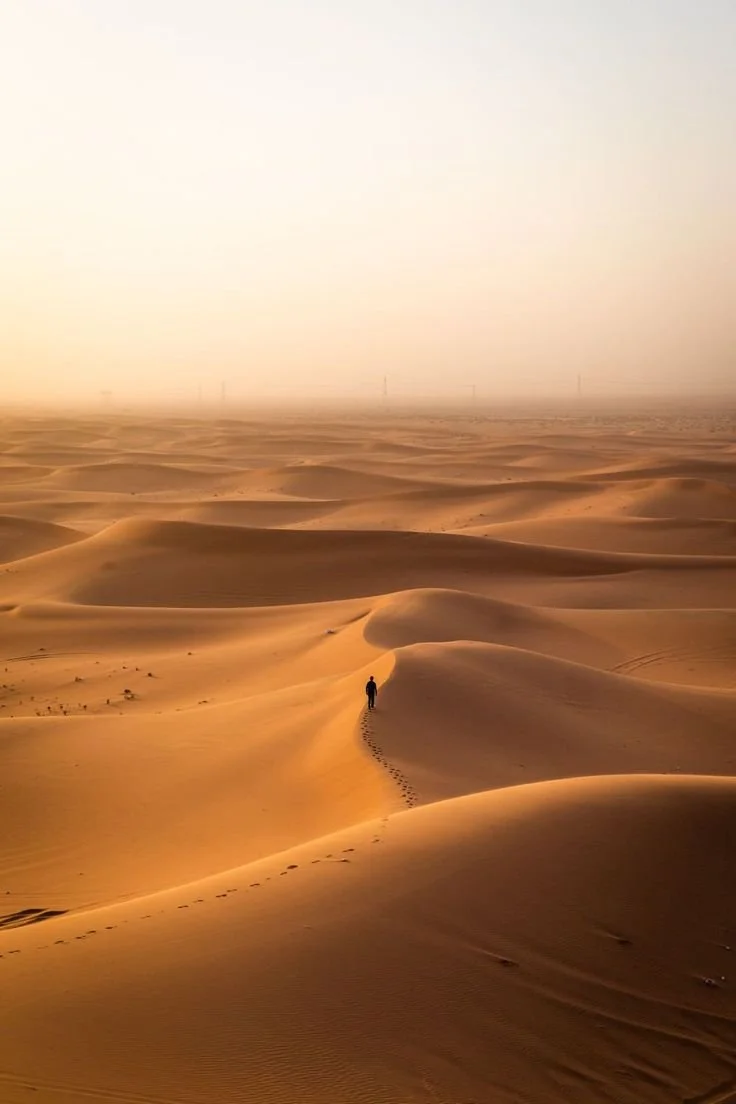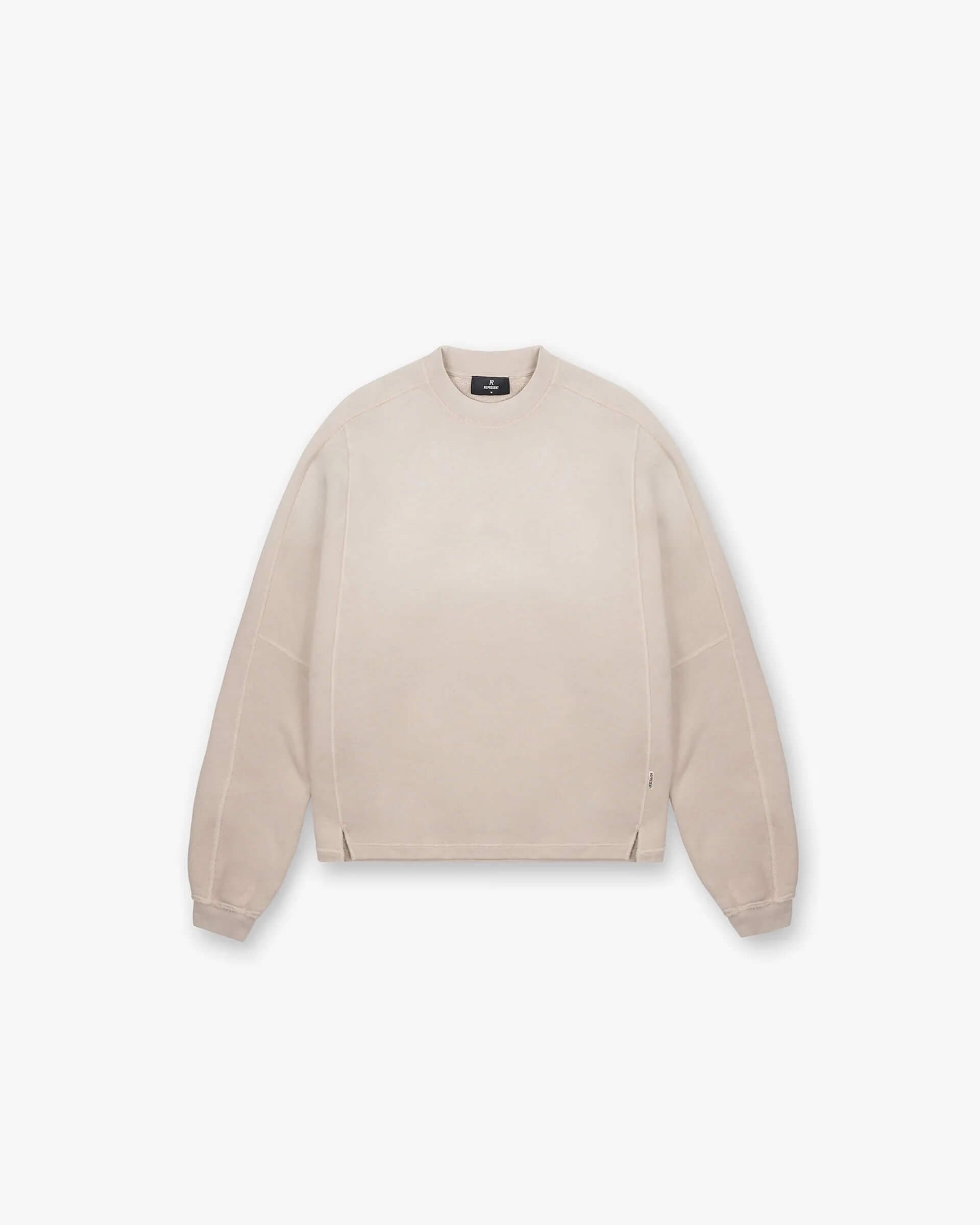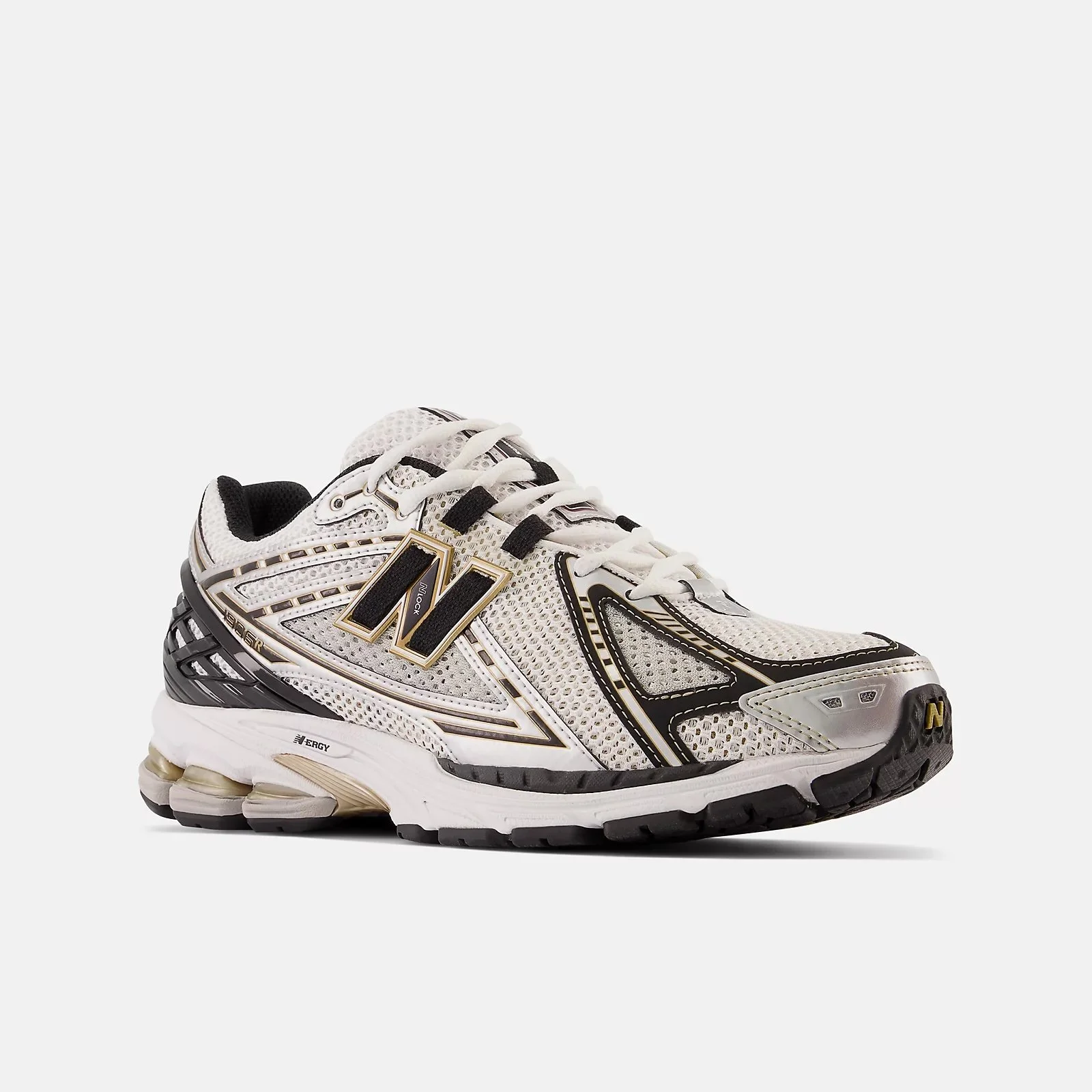Weekend wear has undergone a quiet revolution. No longer confined to old sweatpants or oversized tees, modern casual fashion now embraces a blend of comfort, versatility, and refined style. As our lifestyles shift—balancing remote work, self-care, and laid-back socializing—our wardrobes have adapted to meet these evolving needs.
Today’s weekend outfits are about more than just lounging—they’re about expressing personal style while staying effortlessly comfortable. Whether you're relaxing at home, running errands, or meeting friends for a casual brunch, your weekend wardrobe should work with you, not against you.
In this article, let’s explore how to elevate your off-duty looks with thoughtful layering, sustainable choices, and fashion-forward comfort.
No. 1
Prioritizing Comfort and Versatility in Weekend Wear
Modern athleisure has redefined weekend fashion by combining functional design with contemporary style. These pieces are ideal for both lounging and light activities, offering flexibility without compromising on style.
High-waisted leggings paired with cropped hoodies create a flattering silhouette while allowing for unrestricted movement. Adding a quality custom baseball hat can instantly elevate your outfit while keeping the vibe casual and cool.
Oversized sweatshirts, comfortable joggers, and stylish lightweight jackets now cater to a diverse range of body types and individual preferences, ensuring that everyone can find the perfect fit for their personal style and comfort needs. This shift breaks traditional fashion boundaries and ensures that everyone can find stylish, comfortable options that reflect their needs.
Performance fabrics have further revolutionized casual wear. Moisture-wicking properties and temperature-regulating materials allow your weekend outfits to transition seamlessly from indoor relaxation to outdoor errands.
These innovations mean you no longer have to choose between comfort and functionality.
Fun Fact: Globally, about $460 billion worth of clothing is discarded every year—even though much of it is still wearable. This highlights the importance of investing in versatile, long-lasting wardrobe staples.
No. 2
Sustainability in Fashion: Reducing Waste
Making smart fashion choices for your weekends can help cut down this waste while keeping your style intact. A sustainable wardrobe starts with investing in quality pieces that stand the test of time.
Instead of buying new outfits every weekend, focus on versatile items that can be worn in multiple ways. Mix and match to create fresh looks without constantly adding to your closet.
Changing your mindset about clothing is key. View your wardrobe as a long-term investment rather than a collection of disposable items.
By purchasing fewer, higher-quality pieces and caring for them properly, you’ll save money and reduce your environmental impact. Plus, you’ll develop a signature style that feels authentic and effortless.
To Do: Start a monthly closet audit. Identify items you no longer wear, reorganize your essentials, and make thoughtful decisions about future additions.
No. 3
Comfort Evolution: Pajama Pants in Everyday Fashion
A recent surge in loungewear popularity has blurred the lines between sleepwear and streetwear, with many high school students now wearing pajama pants outside their homes. Pajama pants, once confined to bedrooms, are now making regular appearances in everyday outfits.
This shift is more than a passing trend—it reflects a deeper change in how we view comfort and self-expression.
Modern pajama styles now feature tailored cuts, premium fabrics, and versatile prints. These pieces are just as suitable for a coffee run as they are for a cozy night in.
Fashion-conscious individuals are pairing silk pajama pants with structured blazers or styling matching sets with sneakers. The result is a look that’s effortlessly chic and undeniably comfortable.
Major fashion brands have embraced this relaxed aesthetic, creating collections that prioritize ease without sacrificing sophistication.
Why This Matters: The mainstream acceptance of pajama pants signals a cultural shift. Informal attire is no longer seen as lazy—it’s a confident expression of individuality and lifestyle.
Quince
Elevate your style with Quince – sustainable fashion that’s affordable, timeless, and kind to the planet.
No. 4
Elevating Weekend Looks Through Layering and Accessories
Layering is the secret to turning basic weekend outfits into polished ensembles. Start with soft cotton basics like fitted tees or ribbed tank tops, then build your look with versatile outer layers.
A lightweight cardigan in a neutral tone adds warmth without bulk. For a more structured feel, an unlined blazer can instantly elevate your outfit while keeping it relaxed.
These foundational layers pair seamlessly with joggers, leggings, or even pajama-style trousers. The key is to create a balance between comfort and sophistication.
Try These Layering & Accessory Combos
Oversized knit cardigans + delicate gold necklaces
Cotton button-downs + ribbed tank tops
Casual blazers + simple stud earrings
Structured crossbody bags + weekend essentials
Classic tortoiseshell sunglasses + indoor-outdoor ease
Accessories are the finishing touch that brings your weekend style together. Thin chain bracelets, minimal rings, or a sleek belt can add subtle elegance without overpowering your look.
A well-chosen bag keeps your essentials close, while stylish sunglasses help you transition effortlessly between indoor and outdoor settings.
Expert Tip: Mix contrasting textures for added depth. Try waffle knits over silky camisoles or matte cotton under a linen wrap to create visual interest without overcomplicating your outfit.
Takeaways
The evolution of weekend wear is more than a fashion trend—it’s a reflection of how we live, work, and express ourselves in today’s world. As comfort becomes a priority and sustainability takes center stage, our wardrobes are adapting to meet both our personal and environmental needs.
By embracing versatile pieces, thoughtful layering, and mindful shopping habits, you can create a weekend wardrobe that’s as stylish as it is functional. Whether you’re lounging at home, heading out for errands, or catching up with friends, your outfit should reflect your lifestyle—relaxed, confident, and uniquely you.
So go ahead, redefine your weekend look. Choose comfort, choose style, and most importantly, choose what makes you feel good.
Looking for resources?
At Hello Lovely Living, we aim to empower you to earn and save money and time while benefiting from our expansive network of home, life, wellness, travel, work-from-home, career, and business resources and opportunities. Discover a wealth of tools to support your journey.
